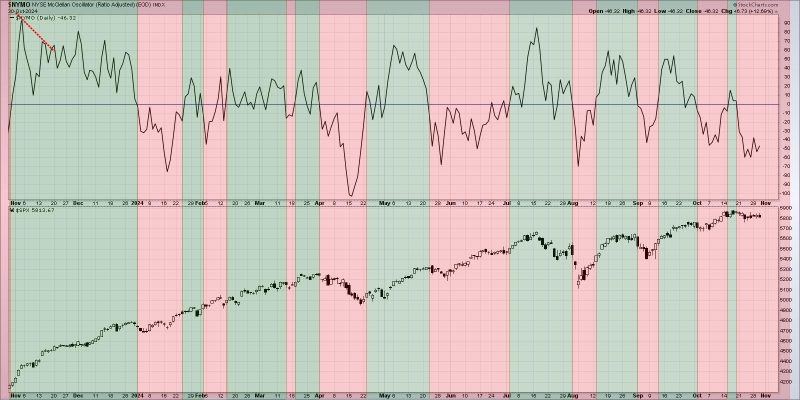In the unpredictable world of financial markets, traders often turn to technical analysis to gain insights into potential future price movements. One popular tool used by technical analysts is market breadth, which refers to the number of individual stocks participating in a market move. When market breadth diverges from price action, it can send a signal that the current trend may be losing momentum.
Market breadth divergences can be classified into two main types: positive divergences and negative divergences. Positive divergences occur when the number of advancing stocks outpaces the number of declining stocks, suggesting underlying strength in the market that may not be reflected in the headline indices. On the other hand, negative divergences occur when the number of declining stocks outpaces the number of advancing stocks, indicating potential weakness in the market.
One key aspect of market breadth divergences is that they can provide valuable clues about the sustainability of a market trend. For example, if the broader market indices are making new highs, but the number of advancing stocks is declining, it could be a sign that the bullish momentum is weakening and a trend reversal may be imminent. Conversely, if the market is pulling back, but the number of declining stocks is decreasing, it could indicate that the selling pressure is abating and a reversal to the upside may be in the cards.
While market breadth divergences can be powerful signals, they are not foolproof indicators of future price movements. Traders should always use them in conjunction with other technical analysis tools and risk management strategies to make informed trading decisions. Additionally, market breadth divergences are just one piece of the puzzle and should be considered within the broader context of the market environment, economic fundamentals, and geopolitical developments.
In conclusion, market breadth divergences can serve as valuable tools for traders looking to gauge the strength and sustainability of market trends. By paying attention to the participation of individual stocks in market moves, traders can gain deeper insights into market dynamics and potential turning points. However, it is important to remember that no single indicator can predict market movements with certainty, and traders should always exercise caution and use multiple sources of information when making trading decisions in the ever-evolving financial markets.

